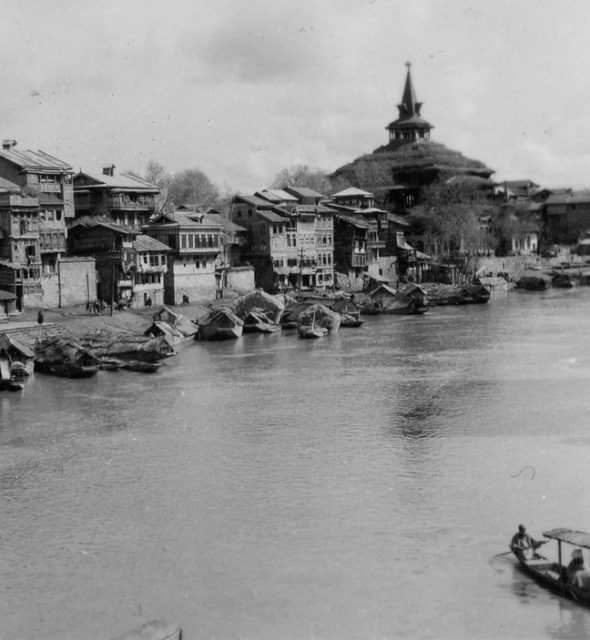
ABDUL RASUL KASHMIRI, a native of Srinagar who was in trade at Amritsar as a shawl merchant, was for a time a close confidant of Maharaja Duleep Singh, the last Sikh King of the Punjab deposed by the British in 1849. Kashmir! acted as the deposed Maharaja`s liaison man with governments of Turkey and Egypt. In 1860, `Abdul Rasul moved from India to Egypt, and thence to London where he joined the Nile expeditionary force as an interpreter. Owing to his secret connection with the Mahdi, he was discharged from the service. He was again in England to seek redress when he met the deposed Maharaja Duleep Singh who employed
CHABBA, a village 10 km south of Amritsar (31° 38`N, 74° 52`E) along AmritsarTarn Taran road, has a historical shrine called Gurdwara Sangrana Sahib. The Gurdwara itself is so named because, according to local tradition, one of the battles (sangram in Hindi and Punjabi) of Amritsar between Guru Hargobind (1595-1644) and the Mughal troops was fought here. Another tradition connected with the place is that Sulakkhani, a childless woman of the village, asked for and received a boon from Guru Hargobind as a result of which she subsequently became the mother of seven sons.
ALO HARAKH, village in Sangrur district, has a historical shrine called Gurdwara Sahib Alo Harakh Patshahi Naumi. A low domed Manji Sahib, under an old banyan tree marks the site where Guru Tegh Bahadur once sat arriving from the neighbouring village of Gunike. The congregation hall has a vaulting ceiling with a domed sanctum inside. Both the hall and the Manji Sahib were constructed in 1909. The Gurdwara is administered by the Shiromani Gurdwara Parbandhak Committee through a local committee.



